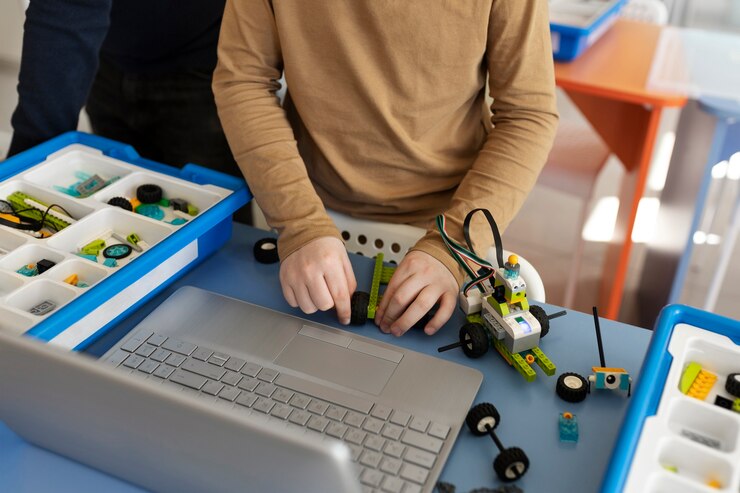
In the rapidly evolving landscape of technology education, hands-on learning has emerged as a pivotal method to bridge the gap between theoretical concepts and real-world application. One of the most effective tools in fostering this experiential learning is the utilization of Arduino kits. This journal article explores the multifaceted benefits of hands-on learning with Arduino kits and outlines strategies to maximize their educational potential.
The Benefits of Hands-On Learning with Arduino Kits
Arduino kits, including the Arduino Starter Kit, provide learners with a tangible platform to explore the world of electronics and programming. These kits offer a plethora of benefits that contribute to a deeper understanding and retention of STEM (Science, Technology, Engineering, and Mathematics) concepts.
1. Encouraging Active Learning
Hands-on activities require students to engage actively with the material, promoting a deeper understanding of concepts. By building circuits and writing code, learners are directly involved in the learning process, which enhances cognitive engagement and improves retention.
2. Fostering Creativity and Innovation
Arduino kits encourage creativity by allowing learners to design and implement their own projects. This freedom nurtures innovative thinking and problem-solving skills, as students are empowered to explore different solutions and experiment with various components and codes.
3. Building Confidence Through Practical Experience
As learners work through challenges and achieve success in their projects, they gain confidence in their abilities. This practical experience builds a solid foundation of skills that are applicable in real-world scenarios, preparing students for future endeavors in technology and engineering fields.
4. Enhancing Collaboration and Communication
Many Arduino-based projects are collaborative in nature, requiring students to work together and communicate effectively. This teamwork fosters a sense of community and collaboration, which are essential skills in both academic and professional settings.
Strategies for Effective Hands-On Learning with Arduino Kits
To maximize the benefits of hands-on learning with Arduino kits, educators and learners can adopt the following strategies:
1. Integrating Real-World Problems
Designing projects that address real-world problems can make learning more relevant and engaging. This approach not only enhances interest but also helps students see the practical applications of their knowledge.
2. Providing Scaffolding and Support
While autonomy is important, providing adequate support through tutorials, guides, and mentorship can help learners overcome obstacles and progress more effectively. Structured support ensures that students do not become overwhelmed and can build confidence in their skills.
3. Encouraging Reflection and Iteration
Encouraging learners to reflect on their processes and outcomes fosters a growth mindset. Iterative design, where students refine and improve their projects, enhances learning by promoting critical thinking and continuous improvement.
4. Utilizing Online Resources and Communities
Leveraging online platforms and communities can provide additional resources and support. Engaging with global Arduino communities allows learners to share ideas, seek advice, and collaborate on projects, enriching their learning experience.
Conclusion
Hands-on learning with Arduino kits offers a dynamic and effective approach to STEM education. By combining active engagement, creativity, and real-world application, these kits empower learners to explore, innovate, and develop essential skills for the future. With thoughtful implementation and supportive strategies, educators can harness the full potential of Arduino kits to inspire the next generation of tech enthusiasts and innovators.



